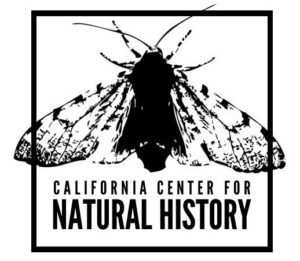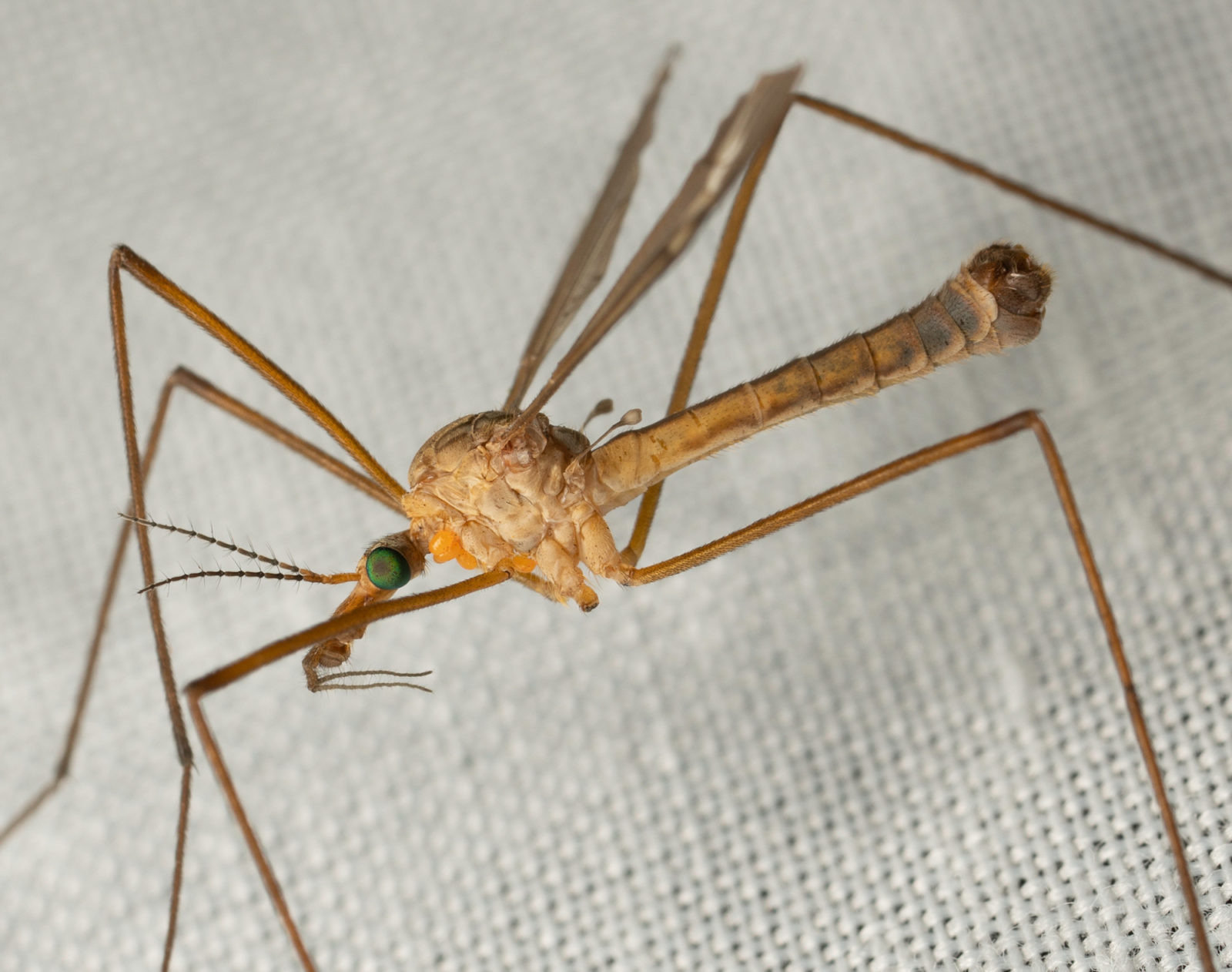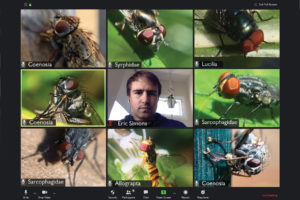Do mosquito-eaters actually eat mosquitoes?
You might have seen them flailing awkwardly at porch lights or in the corner of a room, long legs bending in every direction. Though these critters are in Diptera (true flies), the order of insects renowned for their aerial acrobatics, crane flies aren’t the most adept at maneuvering. Luckily for us, though, the drunk-uncle level of coordination these flies possess make them really easy to catch and examine. Go ahead and cup your hands around the next one you see — it’ll be fine, I promise.
Take a look at your newly captured quarry and you might see what looks like a beak as you gaze into the eyes of your crane fly friend. Fear not, this is one mouthpart that won’t be breaking your skin. Many species of crane flies don’t eat at all as adults — if they do, it’s strictly nectar. Of all the 15,000 described species of crane flies in the world not a single one is predatory as an adult, meaning they won’t be eating you or mosquitoes; mosquito population control comes in the form of bats, birds, frogs, dragonflies, fish, and a number of other insect-eating animals.
Crane flies and mosquitoes are both types of flies in the order Diptera, and the gangly former superficially resemble large mosquitoes with their narrow bodies, spindly legs, and long wings. Crane flies have some endearing anatomy in the form of very visible halteres- these are the structures that make a fly a fly. Halteres are modified wings that look like tiny lollipops sticking out from underneath the normal-looking wings to act as gyroscopes, and are the key to why some flies are such amazing aerialists. Though, frankly, you wouldn’t know it by watching crane flies bounce off stationary objects while flapping around.
The importance of crane flies in the grand scheme of things is significant. They’re found in a wide range of habitats around the world, from aquatic to terrestrial, marine to freshwater, and their abundance plays a role in the ecological machinations that make the world go ‘round. In some species the larvae are predatory, fungus eating, or plant eating, and can be considered pests when they start chewing at the roots of grasses and other plants. In fact, it’s possible that the title “mosquito eater” comes from some species of crane fly larvae eating mosquito larvae, though I’m not convinced this is anything beyond hearsay. In most cases the larvae of crane flies are saprophagous, which is the fancy science word for eaters-of-decaying-stuff. This means they’re crucial to soil ecosystems because they help break down organic material, at the same time turning gooey dead plants into high-quality protein (i.e. their bodies) that can be feasted upon by any number of animals, from fish to birds and everything in between.
Crane flies are in the family Tipulidae, which is one of the largest and oldest groups of flies. Over 450 species are found in California alone, more than in any other state! They’ve been around since the late Jurassic, about 163-145 million years ago, and they along with their other Dipteran relations were some of the most ancient pollinators that originally drove the co-evolution of flowering plants and insects.
These gentle, klutzy flies won’t be a solution to any mosquito problems you have, but they’ve got a lot of other things going for them. They pollinate our food, feed other wildlife, help decompose rotting vegetation quickly, and have an astonishing diversity of species and lifestyles from Chionea, a wingless species that can be found walking on snow, to the spectacular wing patterns of Pedicia.
As you release your quarry and watch it bumble away you might have a leg left over in your hand. Don’t feel too bad. Their legs fall off easily to avoid getting snagged by predators, but they can still mate sans a few appendages; the short-lived adults are surprisingly durable despite their air of fragility. And after all, in the words of Neil Gaiman, “Nobody gets through life without losing a few things on the way.”

Ask the Naturalist is a reader-funded bimonthly column with the California Center for Natural History that answers your questions about the natural world of the San Francisco Bay Area. Have a question for the naturalist? Fill out our question form or email us at atn at baynature.org!


